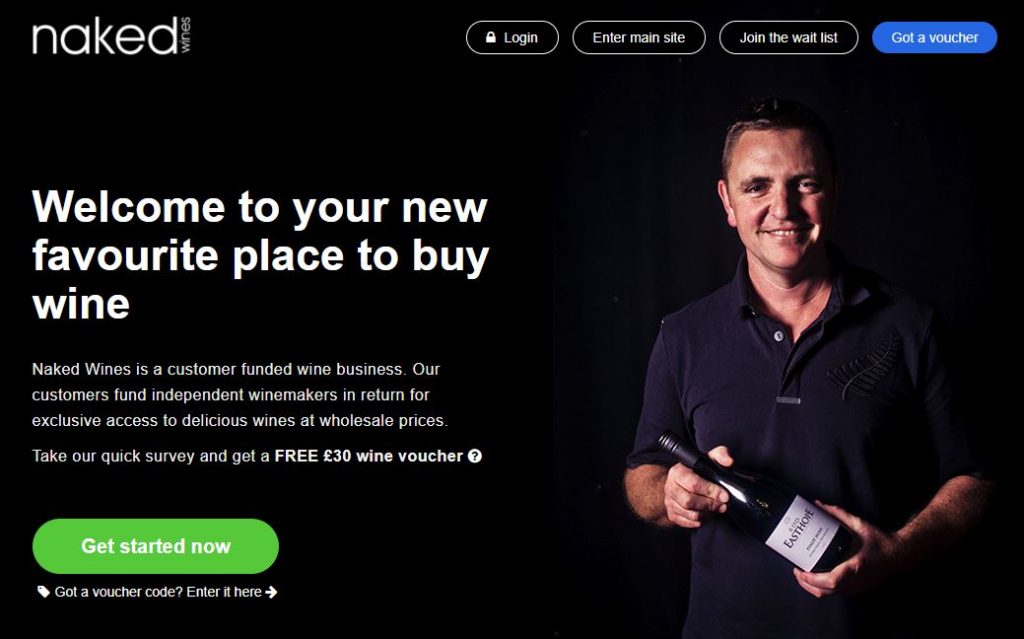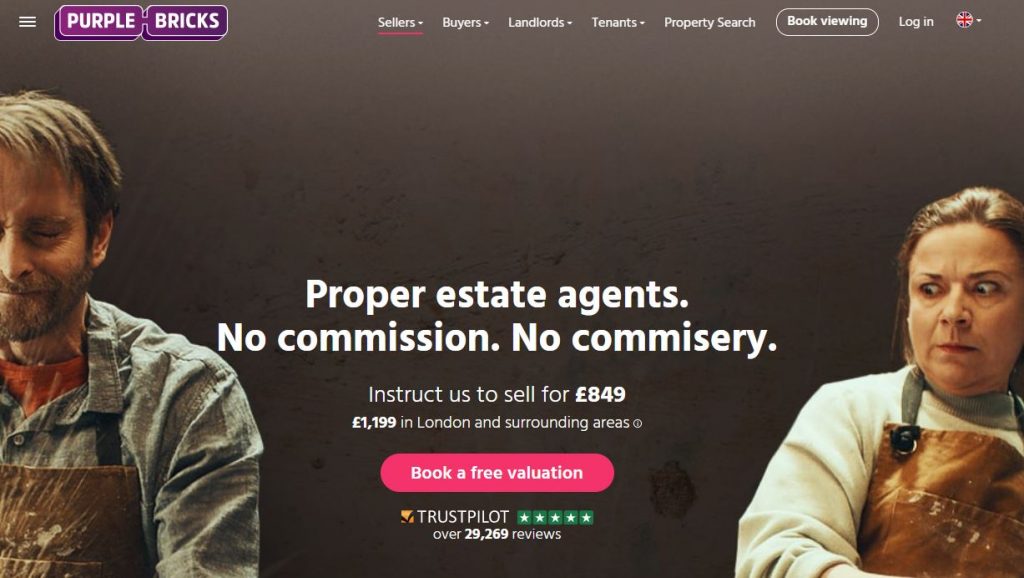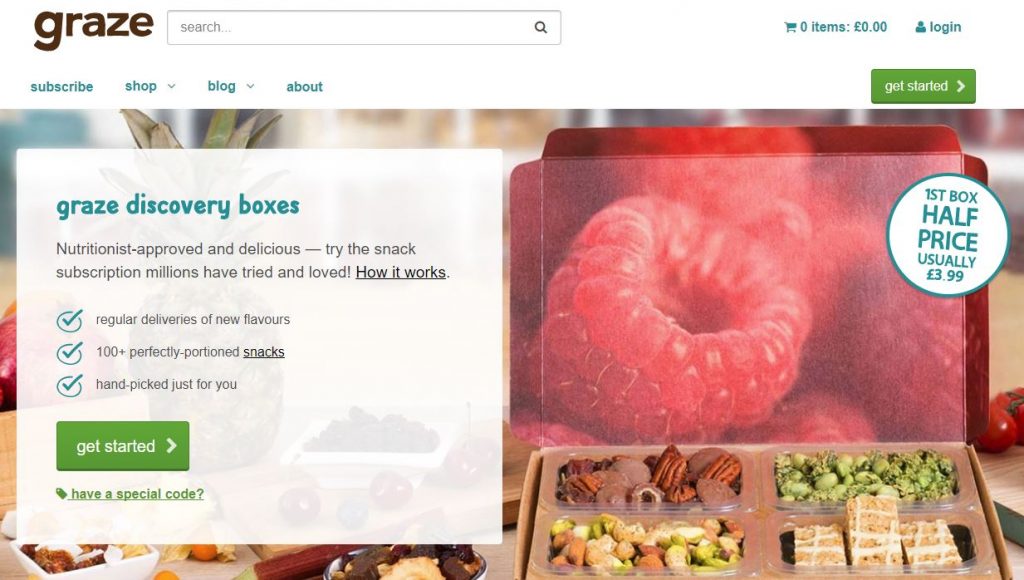When you ask “What are your website targets?” most would say “To drive more traffic and conversions, isn’t that the dream?”. But do your website visitors really understand what your business is about or what makes you different? Well, this is where digital branding comes into play. Increasing traffic to a website is a pointless exercise if your visitors don’t know who you are, what you do, or what makes you different. This is one of the main reasons why traffic doesn’t convert into a sale.
What Is Digital Branding?
Digital branding is about understanding your ‘value’ as a business, and messaging those values to your website visitors. But don’t worry, digital branding is not about fonts, taglines, personas, imagery, logos or visual identity; these require years of branding and user experience (UX) knowledge. Digital branding has actionable elements that any website owner can make.
Understanding the values to your customer is known as your ‘value offering’ and it really has overtaken the old view of unique selling points (USP’s). As a definition, the value offering is ‘a promise of value that will be appealing to your customers’. Digital branding allows you to communicate that value. Many successful businesses aren’t unique anymore — they just do it better. How many websites do you visit that aren’t necessarily cheaper, but have a superior product offering to customers? This is an example of value to a customer.
Why Is It Important for Me?
The importance of digital branding comes down to the effective communication of your value to your customer. Digital branding is thinking about your potential customers – that traffic – and how we can tell them who we are, what makes us different, and what makes us better. When a website visitor understands our business, the purchase decision drastically reduces.
See some great examples of digital branding below:
Naked Wines
When you visit the Naked Wines website, you instantly know what the business is about and what their value is. In just a few sentences you understand that value to you as a customer and why you should use them as a business.

Purple Bricks
Purple Bricks has a much more jovial approach to their messaging and it works well. You know what they do and how they do it.

Graze
Graze message the benefits of their business straight away with great messaging that is short and punchy. You enter the website and they portray the benefits to you as a customer and the value of the business.

Once we have our ‘value offering’, it’s time to tell the world, but digital branding goes past our website — it’s ingrained in every part of every single marketing channel and every single touch point that the customer has an interaction with. There is no point writing on your website that you have the ‘best service in the business’ if it doesn’t say that in your paid advertisements. You have to map out all of your customer touchpoints, look at the messaging and make sure that it’s consistent throughout.
Below are some key placements that you should focus your efforts on, as they will set the tone for all other marketing channels.
Homepage
A great place to start is the homepage. Every day we see homepages that give no indication about the business; not even an idea of what separates them from a competitor. Transform your homepage with messaging about your value offering — make sure that every customer comes away knowing exactly what you do and what makes you different, unique and better from your peers.
Website Pages
We have broken out website pages from the homepage because it is important to look at them in isolation. Often the page that has the most time spent on it is the homepage, but cumulatively this page does not receive the majority of traffic. Imagine we have just clicked on an ad or a page directly from the search engine results page (SERP) that is not your homepage… will we be given an inkling into your value proposition?
Email Marketing
Your emails are a great place to reinforce your key values to your customers. If you use marketing automation for visitors that sign up to your emails, then use the various emails in the programme to reinforce your messaging. Best practice is to create a ‘welcome email’, which is the first email that a customer receives after signing up to your email programme. Use this email to reinforce your business.
Paid Media Ads
Creating great ad copy is very important — it can be the difference between gaining and losing a lead or a sale. A great ad will match the ad copy to the landing page and there is no point in saying one thing on the ad and not echoing this on the landing page. Google AdWords especially, has given marketers tools to reinforce digital branding with things like ‘call-out extensions’ and the new expanded ads. Use these tools to reinforce your messaging.
Metadata
Often the importance of metadata is overlooked. Sometimes it’s simply created to make sure we are ticking the ‘SEO box’. Think of metadata like this — it’s the single and only piece of information that a customer has to pick between you and your competitor in the SERP. Ranking in position 1 for your keyword is pointless if your metadata is not customer-focused. Treat it like you would a paid ad and create messaging that reinforces your value.
Digital Branding & Conversion Rate Optimisation
Digital branding and conversion rate optimisation (CRO) do overlap. If you are not familiar with CRO, MOZ describes it as ‘the systematic process of increasing the percentage of website visitors who take a desired action’. How does this relate to digital branding? Digital branding aims to increase the likelihood of a visitor making a desired action. When a visitor understands your business, the opportunity for a conversion increases.
CRO is extremely helpful for digital branding as it allows you to test messaging across the website through A/B testing. Google has made this process even easier with the release of Google Optimise. Spend time creating A/B tests of different messaging variants for your website pages and discover which one has the best impact. CRO stops as soon as you look past your website to your other marketing channels. But that does not mean that the learnings from CRO cannot be applied to your other touch points.
Conclusion
To sum up, it’s all about consistency. There should always be a consistent and holistic approach to conveying your value to visitors across all marketing channels. Stop looking at different marketing channels in isolation because not only will it confuse potential customers, your business will feel disjointed too. Every marketing channel is a dot that needs joining and with these tips, you’ll be well on your way to creating a renowned brand.

